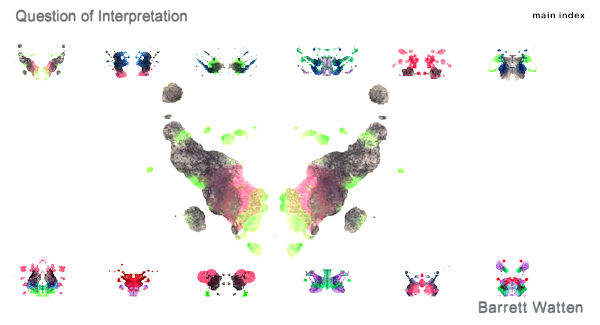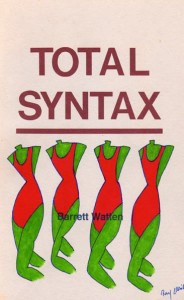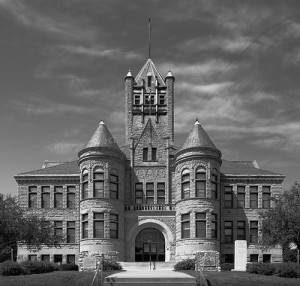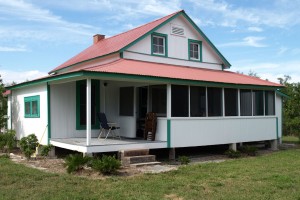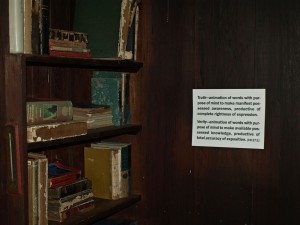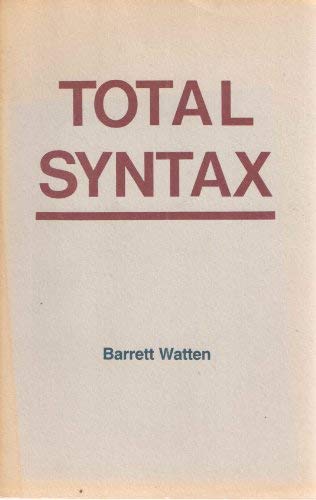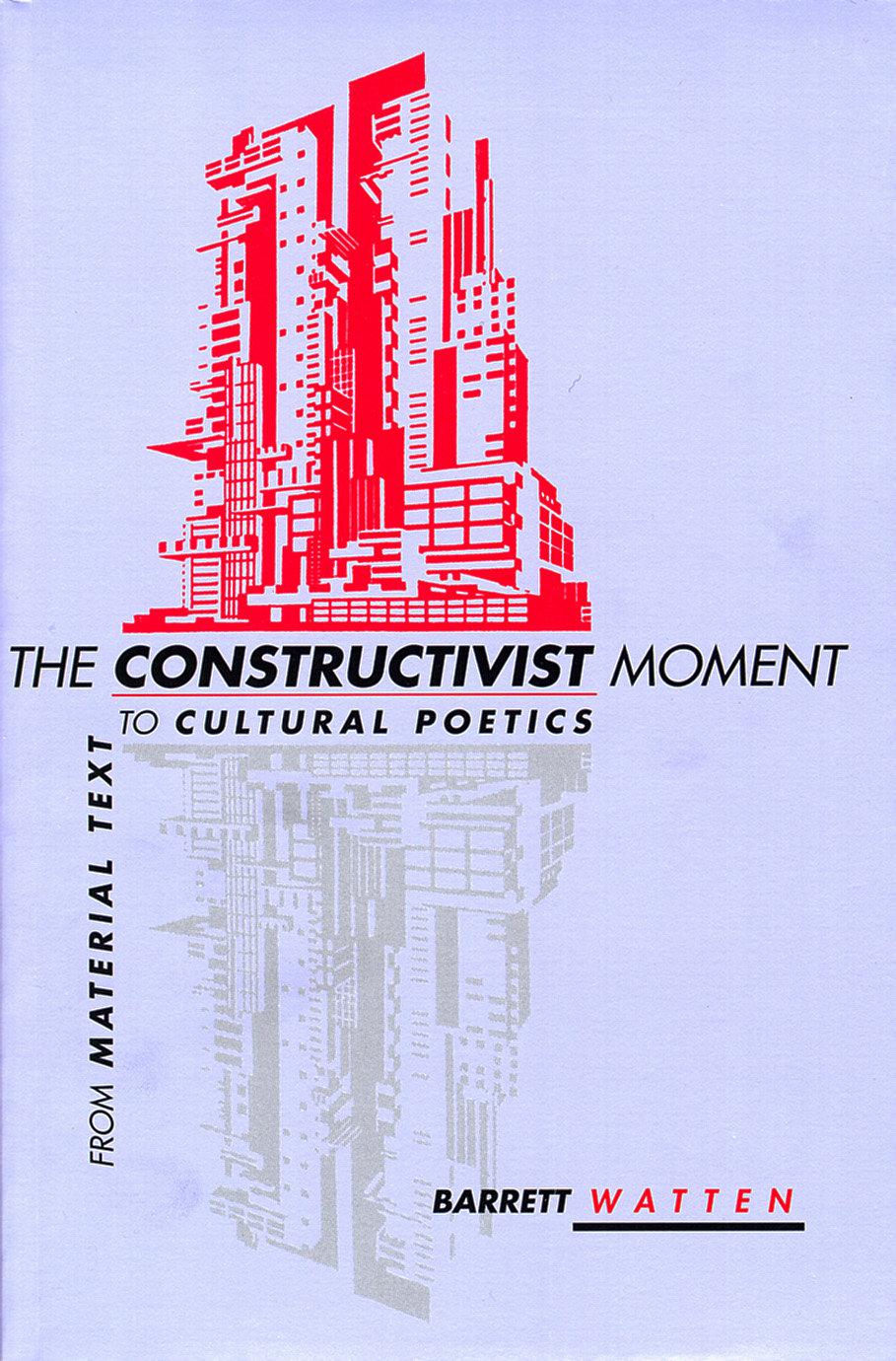In today’s mail came the current Critical Inquiry (36, no. 2; Winter 2010), which I earlier noticed would contain an essay on George Oppen (John Wilkinson, “The Glass Enclosure: Transparency and Glitter in the Poetry of George Oppen”). I had been looking forward to that discussion with interest, in terms of Oppen but also of where poetry criticism seems to be going in CI, after some recent questionable efforts. “Poetry” itself is still a tarnished critical category, with the New Lyric Studies and Conceptual Writing failing to provide direction.
Flipping through, as one might likely do, scanning footnotes and catching the drift, I came up short at the penultimate paragraph: a strained mention of my Constructivist Moment in the service of—what point? That the split between Oppen’s poetics of “integrity” and his Left politics remains problematic, pointing to a tendency in American poetics to presume a convergence of politics and form that collapses under scrutiny? This is the quote:
The fantasy entertained by Barrett Watten of an American “constructivist moment” seeks to arrogate William Carlos Williams and Vladimir Mayakovsky as dialectically linked forefathers for Language Poetry. Watten seems ignorant of the two poets’ meeting in an apartment in East Fourteenth Street in Greenwich Village on 19 September 1925. Mayakovsky’s reading was a profound experience for Williams, according to his biographer—a touchstone for epic revolutionary art exposing the bombast of Carl Sandburg, even if its influence cannot be discerned directly in Williams’s poetry. But Williams continued to publish both poetry and prose through the Depression and the period of the Cultural Front . . . . (237–38).
… More
